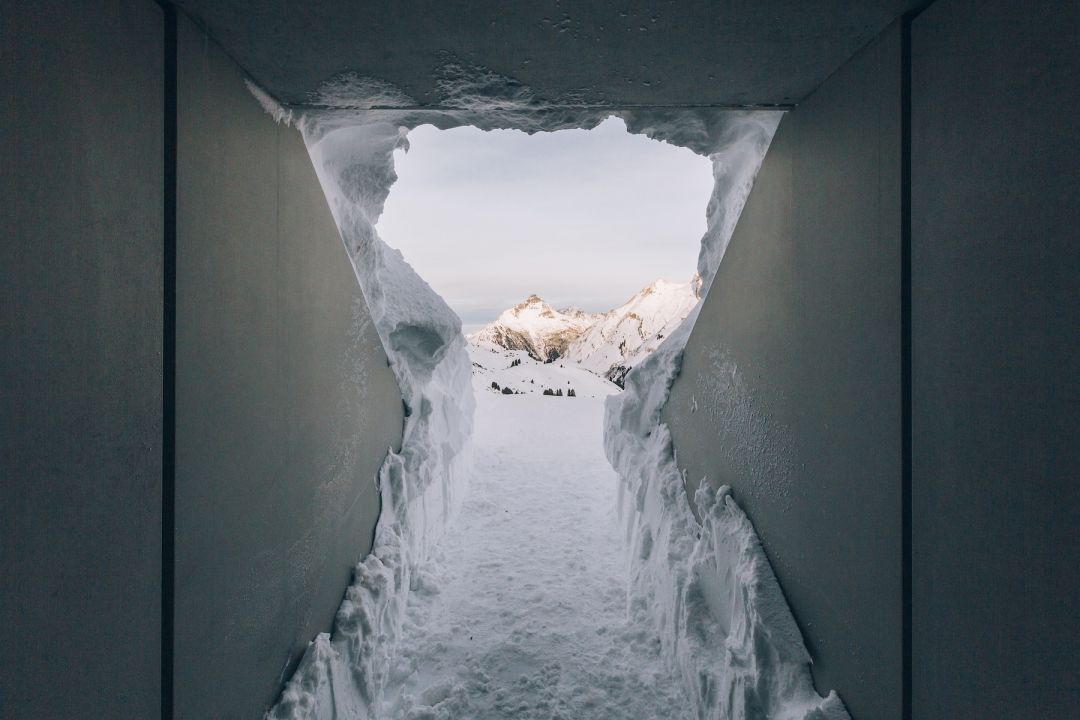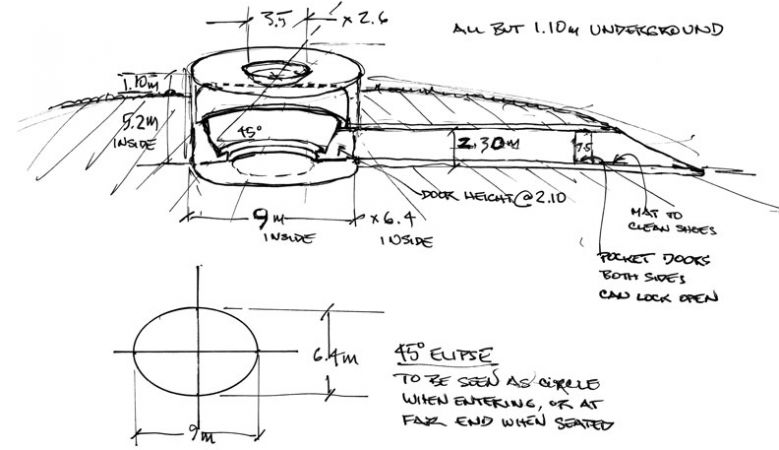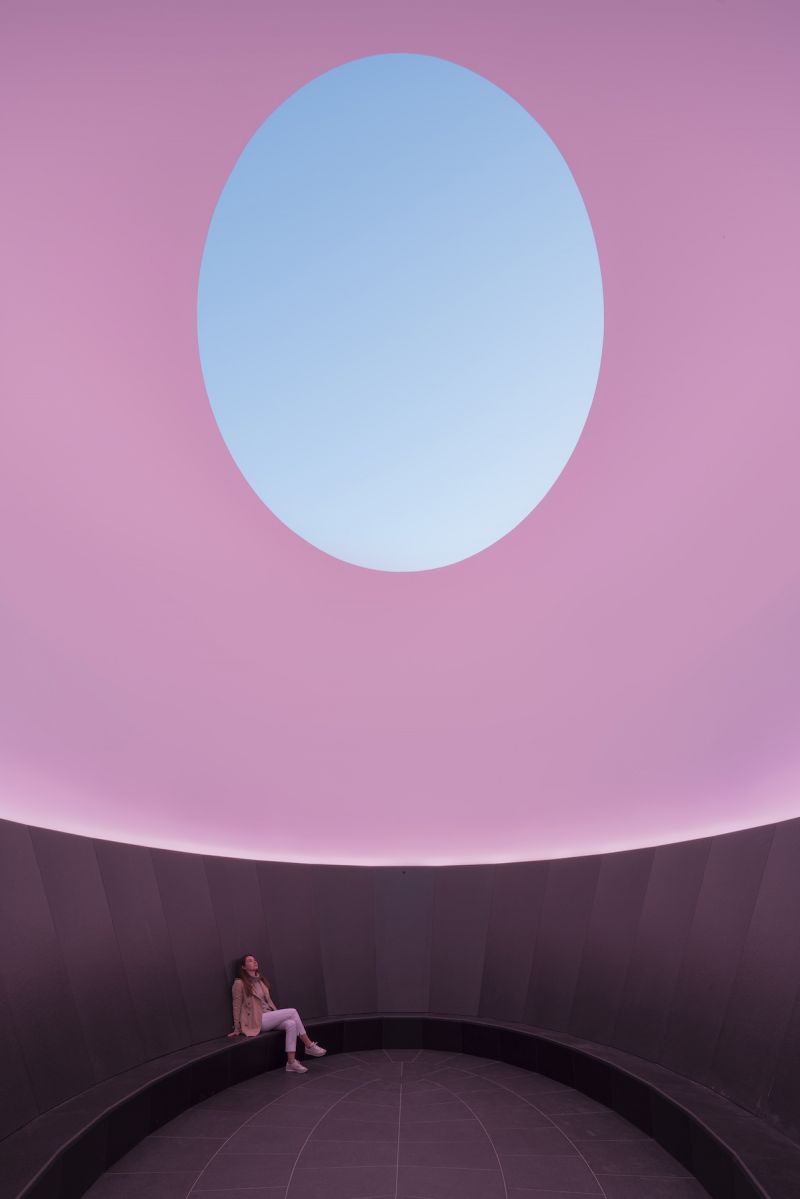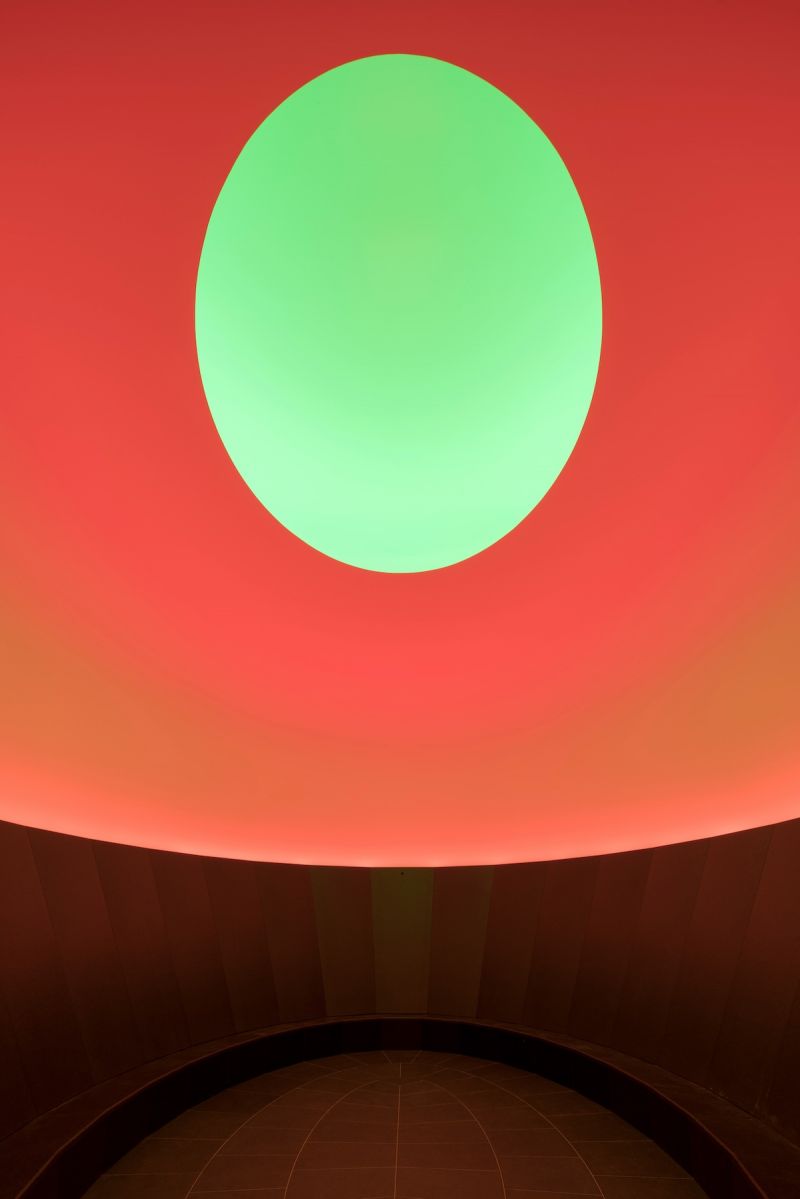JOIN the AFICIONADOS
To receive our world of travel and style delivered straight to your inbox.
Of his work, his so-called skyspaces are some of the most arresting that attain this goal. Skyspaces are enclosed spaces that open to the sky through an aperture in the roof. Simple enough as this sounds, its effect is powerful: a feeling of awe, of greatness – one could even say a religious or spiritual feeling overwhelms you when standing inside a skyspace.
Up in the snowy mountains, it’s the vastness of space and the brightness of the reflected natural light that give us a feeling of the supernatural, of the majesticness of nature. In regular life, us busy, urbanized humans don’t nearly look up often enough, look up to appreciate the sky.
The American artist James Turrell has made it his mission to direct our focus on celestial phenomena through his sky drawings, light projections, craters and other work, but none are as arresting as his skyspaces.
There are skyspaces by Turrell in cities around the world – Antwerp, for example, has one on the rooftop of its contemporary art museum – but, arguably, their effect is magnified especially in nature, where one is wont to look up more easily – with certain expectations. Inevitably, in the enclosed spaces, the viewer’s eyes are directed upwards and left to contemplate the sky.
Turrell’s latest skyspace is such an iteration, located in Lech, a little skiing town in the Arlberg mountains, Austria. At a height of almost 1800 meters above sea-level, The Skyspace-Lech, a lightroom inside a stone building at the end of a 15-metre tunnel, is set in alpine terrain, and is only accessible by foot or by skiing – so wear your walking shoes and your best raincoat.
This unique light experience at the edge of the village of Lech, a 25-minute drive from Hotel Arlberg and then a 20-minute walk up a mountain trail, is worth the muddy shoes. Once inside, the view aligns with Biberkopf peak. When the automatic dome closes, it reveals wondrous colour installations.
It’s a remarkable way to connect to the sky, the light, the mountains, and art itself – you’ll be given an opportunity to spend some time inside an artwork, and in harmony with that superpower we call nature.




Great care is taken to ensure that the skyscape can be visited in a serene manner: a maximum of 30 visitors are allowed at a time, and each viewing takes about 40 minutes. Visits are free, but registration is mandatory.